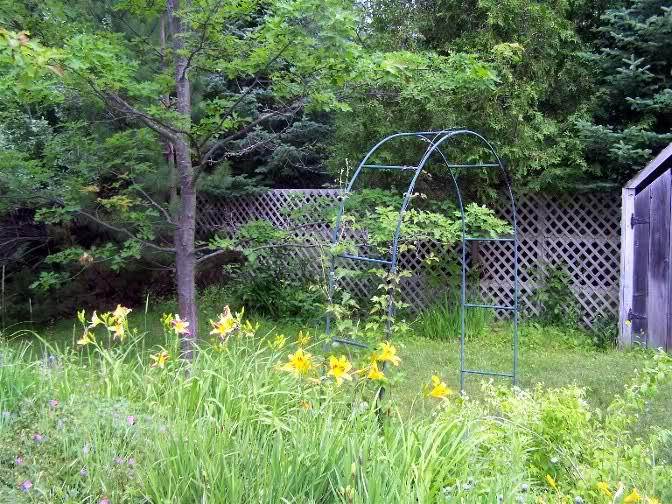




 1
1












 1
1








 1
1




Paul, I always seem to be opposing you! I'm sorry!
Competition with trees is just competition, as far as I know.




ronie wrote:
Black Locust may not be friendly around other trees.. it puts off a natural poison of some kind that protects it.








Sometimes the answer is not to cross an old bridge, nor to burn it, but to build a better bridge.




















Principal - Terra Phoenix Design
http://TerraPhoenixDesign.com




Brenda
Bloom where you are planted.
http://restfultrailsfoodforestgarden.blogspot.com/









Brenda
Bloom where you are planted.
http://restfultrailsfoodforestgarden.blogspot.com/








Brenda
Bloom where you are planted.
http://restfultrailsfoodforestgarden.blogspot.com/




































wolfmtn wrote:
locust 2' apart to start.




Connecticut Accredited Nurseryperson
Accredited Organic Land Care Professional (NOFA)





















Paul Cereghino- Ecosystem Guild
Maritime Temperate Coniferous Rainforest - Mild Wet Winter, Dry Summer













paul wheaton wrote:
Are you using all cuttings or are you also using some seed?
Paul Cereghino- Ecosystem Guild
Maritime Temperate Coniferous Rainforest - Mild Wet Winter, Dry Summer









Paul Cereghino- Ecosystem Guild
Maritime Temperate Coniferous Rainforest - Mild Wet Winter, Dry Summer

|
To do a great right, do a little wrong - shakespeare. twisted little ad:
The new kickstarter is now live!
https://www.kickstarter.com/projects/paulwheaton/garden-cards
|





